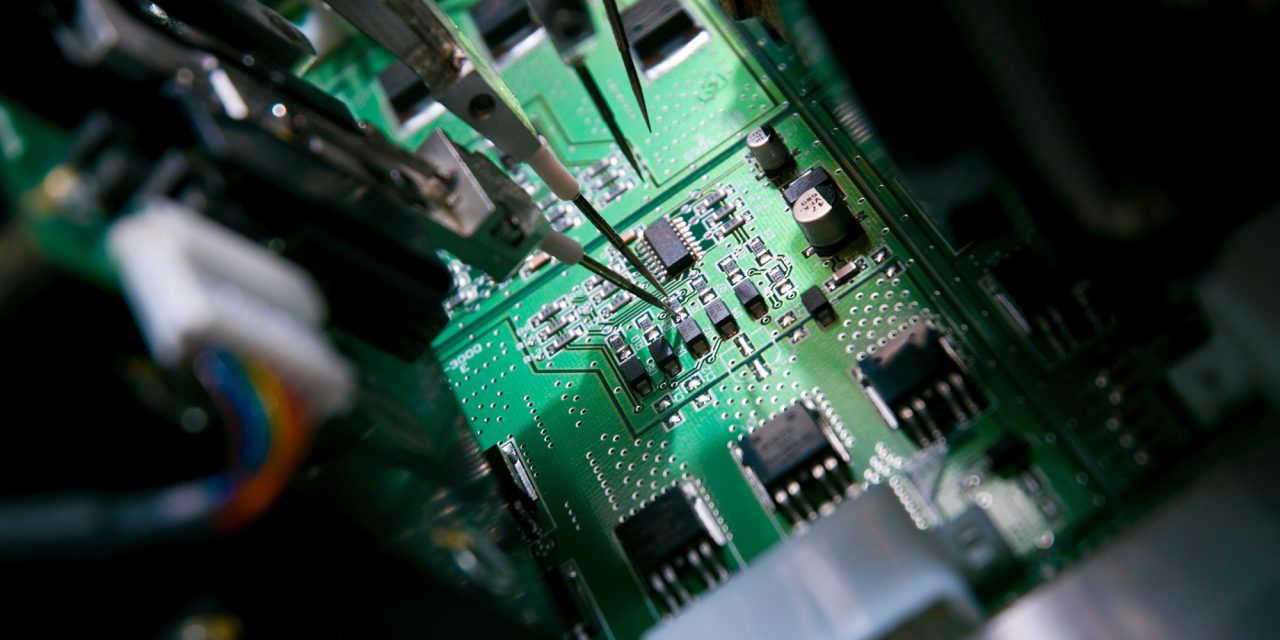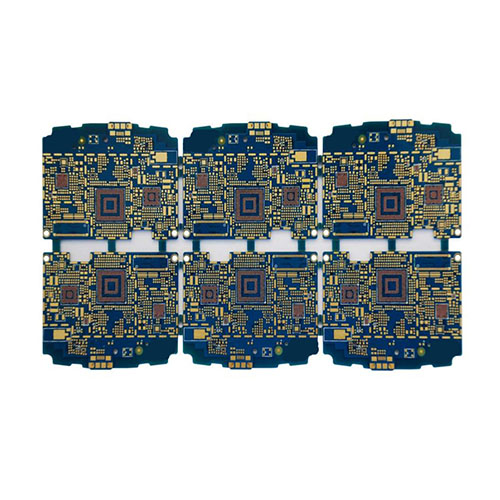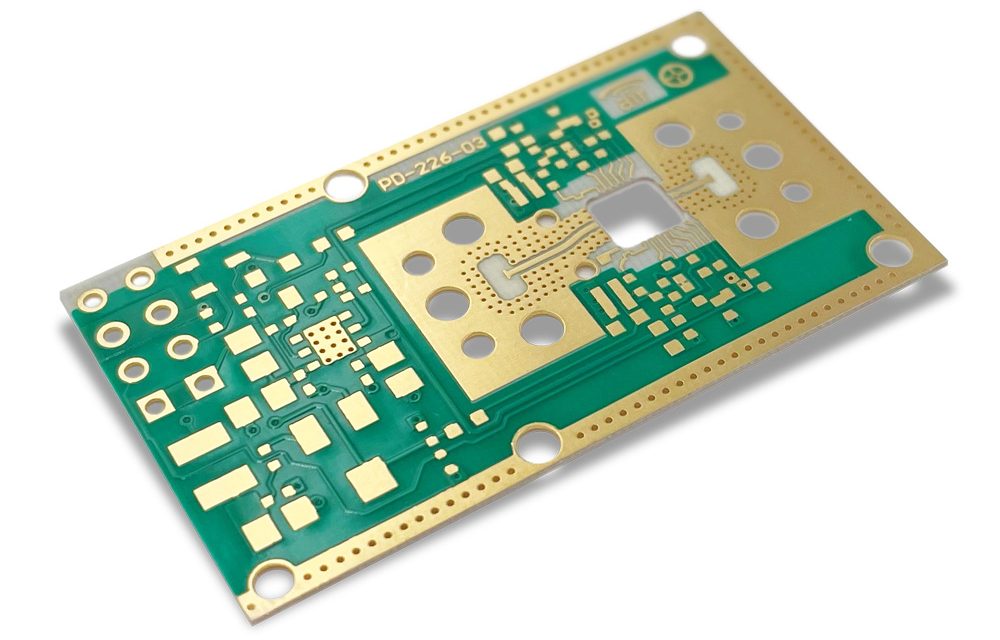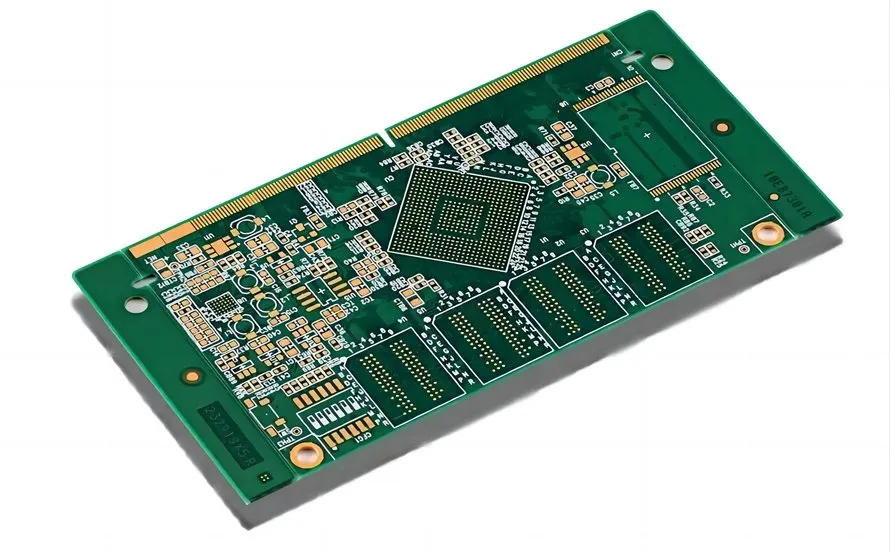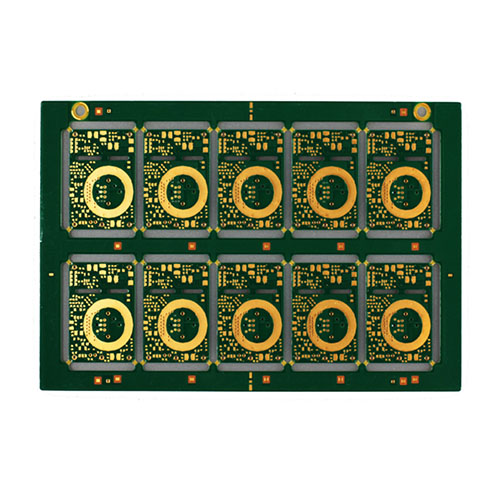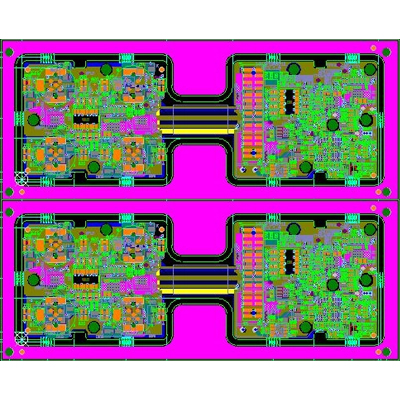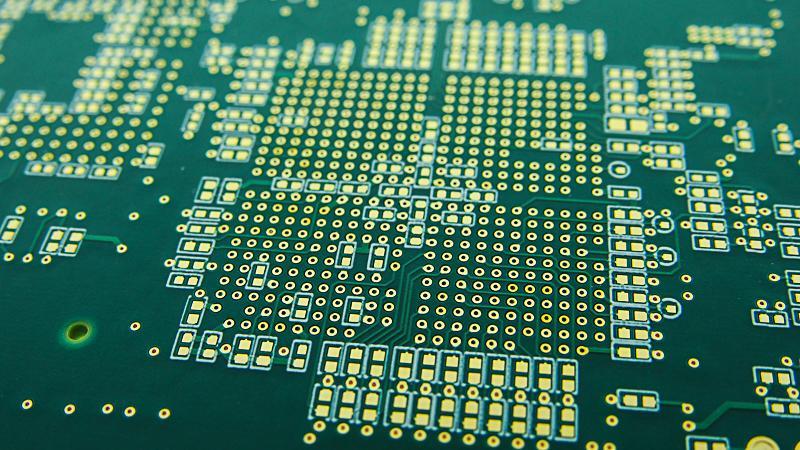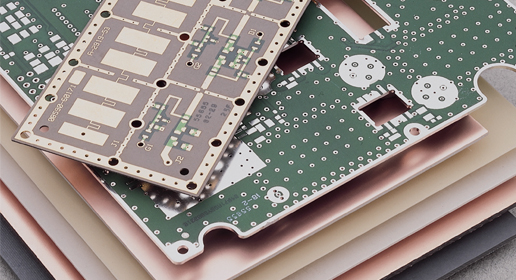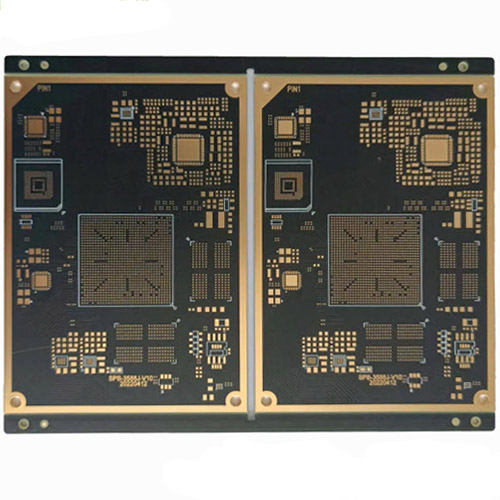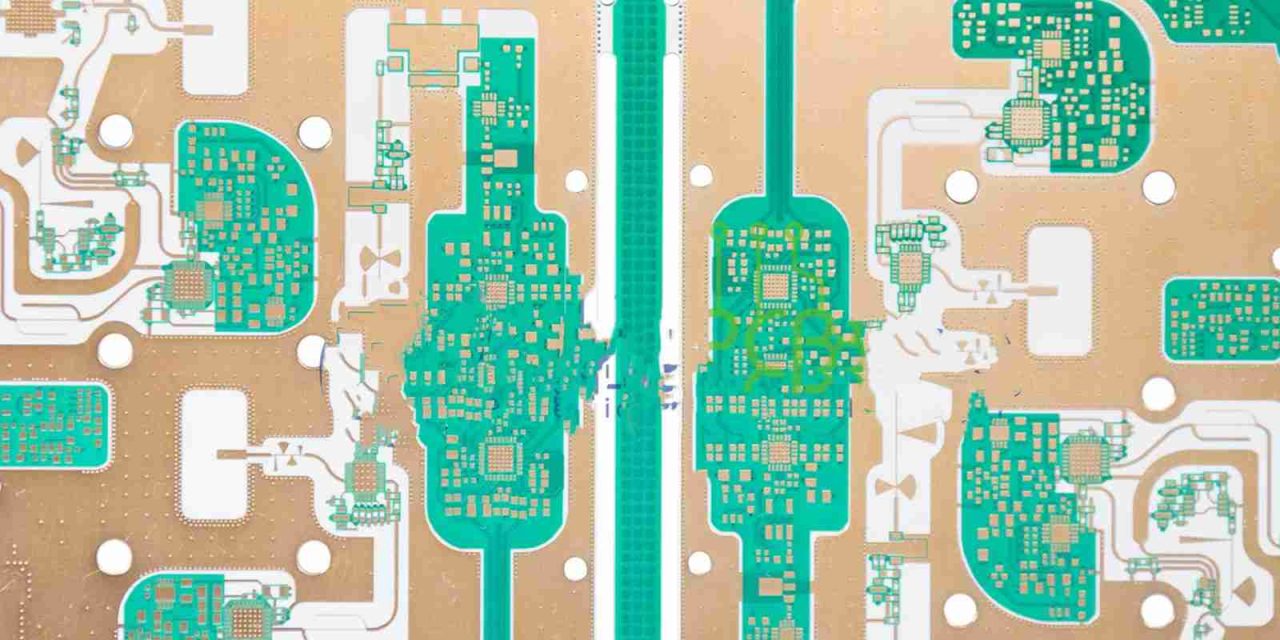Complete technical guide to Isola 370HR, the industry-standard high-Tg FR-4 laminate for multilayer and HDI PCBs.
HomeCategory
PCB Manufacturing Services | High-Quality PCB & PCBA - KKPCB
As modern electronics evolve toward smaller, faster, and more powerful systems, High-Density Interconnect (HDI) PCB technology has become the backbone of next-generation product design.As a professional one-stop PCB and PCBA solution provider, KKPCB is committed to delivering high-performance HDI printed circuit boards that meet the increasing demands for miniaturization, precision, and reliability in today’s electronics...
At KKPCB, we specialize in advanced PCB manufacturing for RF, microwave, and high-speed digital applications, where performance, consistency, and manufacturability are paramount. Among the wide range of high-frequency materials we process, Rogers RO4003C™ laminates stand out as one of the most balanced solutions — combining excellent electrical performance, mechanical stability, and cost-effectiveness. Exceptional Material Composition...
1. Introduction As radar and wireless communication move into the 24GHz spectrum, selecting the right high-frequency PCB material becomes one of the most critical design decisions.Among the top contenders, Rogers RO3003 and RO4350B stand out for their reliable electrical performance and widespread industrial use. At KKPCB, our engineering team has extensive experience fabricating both RO3003...
Blind and Buried Vias in PCB Design — Structure, Function, and Manufacturing Insights As the miniaturization of electronic components continues to accelerate, PCB designs must accommodate finer pitch components and higher circuit densities, especially in advanced mobile, communication, and computing applications. One of the critical technologies enabling this evolution is the use of blind and...
The Evolution of Medical PCBs Printed circuit boards (PCBs) have become the backbone of modern electro-medical technology. From pacemakers and defibrillators to MRI systems and wearable glucose monitors, the demand for compact, high-performance, and highly reliable electronic assemblies continues to rise. At KKPCB, we understand that medical electronics are not just products—they are lifelines. Every...
5G and IoT: Transforming the World Through Intelligent Connectivity. 5G represents the fifth generation of wireless communication — not merely an upgrade from 4G, but a fundamental leap forward. With lightning-fast data transfer, ultra-low latency, and massive device connectivity, 5G unlocks the full potential of the Internet of Things (IoT). From smart cities to autonomous...
Advanced High-Frequency PCB Solutions with Rogers RT/duroid® 5880 In high-frequency circuit design, material selection defines performance. Rogers RT/duroid 5880, known for its exceptional electrical stability and low signal loss, has become the industry standard for RF and microwave applications. At KKPCB, we specialize in manufacturing high-frequency PCB that fully leverage the advantages of this premium...
HDI PCB: The Foundation of Modern Electronic Miniaturization In today’s electronics industry, devices are becoming smaller, faster, and more powerful. To achieve this balance, engineers increasingly rely on HDI PCBs (High-Density Interconnect Printed Circuit Boards)—a technology that allows for higher circuit density, improved signal integrity, and enhanced performance within compact form factors. At KKPCB, we...
RO4830 Plus 2-layer PCB with 5mil traces, ENIG finish, and low-loss Rogers 4830 Plus material. Optimized for 76–81 GHz automotive radar sensors, patch antennas, and RF feed networks. Ultra-low Df, stable Dk, excellent CAF resistance, PFAS-free, and IPC-Class-2 quality.

